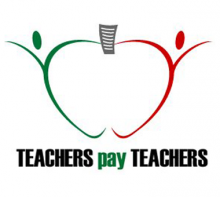Ahhhh!!!! School started and then I promptly fell off of the blogging wagon! I think that it doesn’t matter if I follow the challenge to the letter. The important thing is that I reflect and think critically about my teaching! That being said…let’s work on catching up!
Day 3: Discuss one “observation” area that you would like to improve on for your teacher evaluation.
In New York State, our whole teacher evaluation process is so flawed. I wish it was all about the teaching and what really happens inside the classroom. This is why the topic of improving my observations is especially meaningful to me.
I want to be better at questioning my students. I want to not only ask better questions but I want to require more of my students to answer them. I have this thing where I feel bad asking students questions who are shy or who I don’t think will know the answer. So I don’t call on those students. Which is not good. Soooo, I am working on questioning this year.
I downloaded iLeap Pick a Student and I plan to use that randomly call on students. I think that even the shy students might feel better knowing that it’s “chance” that I am calling on them rather than intentional. Also, after rereading this I’m realizing that I need to toughen up. My job is to make my students think and be accountable. They will be better off and learn more-----which is the point, right?
Day 4: Respond: What do you love the most about teaching?
The students. Hands down. They are the best part about teaching. They make me laugh and inspire me and keep me young. My brain works overtime to find ways to keep them interested and make sure that they have everything that they need to be successful. Yup, it’s all about the students!
Day 5: Post a picture of your classroom, and describe what you see–and what you don’t see that you’d like to.
When I was in the throws of flipped mastery in the spring I really wanted to change my classroom set-up. When everyone was working at their own pace I thought about how cool it would be to have bean bag chairs around the room for students to curl up and work. When my students were working together on projects, I wished that I had tables in my classroom or at least desks that could be grouped together easier. I had to move away from flipped mastery this fall. I’ll probably be talking more about this in a future post. As a result, I’m not so big on the bean bag chairs right now. Tables still sound pretty cool…
Otherwise, I love my classroom. I think it’s the prettiest high school classroom ever! It’s very me. It’s busy and colorful and there are presidents that are there to help me teach. I plan to add more presidents in the future.
It is now a requirement in NYS that new teachers have a mentor for several years. When I started teaching, my district did not have a mentor requirement. As a result, I’ve never had a real mentor. I’ve had people that I have bounced ideas off of or asked for advice but I’ve never had anyone that I felt I could go to 24/7.
So, if I could have had a mentor---what would I have expected from them? I think that I learn best from observation. I wish that I could have been partnered with someone who I could have observed teaching. To actually see how a master teacher works and then get to sit down and have a discussion about that teaching----how amazing is that?
Day 7: Who was or is your most inspirational colleague, and why?
This one is a hard one! I have had a lot of teachers who I really respect and who have inspired me to try new things. I can think of 2 teachers in my department who I often think “I want to be more like them”. One of them has been teaching 5 years longer than me. He still has the “joy”. He is energetic----seriously energetic. We often joke that he should not be allowed to drink coffee. His love of teaching shines through every day to his students who love him right back. He is joyful AND he is a great teacher who likes to try new things but has the fundamentals down pat. He’s actually achieved a 100% pass rate for his students on the Regents exam. Twice. I may actually hate him a little bit. ;)
The other teacher that comes to mind is someone who has been teaching a few years less than me. She’s so good that when our principal wants to target a group of students to get better results, she is chosen to teach them. This means that she’s been required to teach a bunch of different things and some of them are not necessarily her favorite classes. That doesn’t seem to matter though. She works her butt off to make her class interesting, even when the topic is not one that she is passionate about. She is so creative in designing lessons! Not only are these lessons fun but they’re functional too. The students are learning. Also, she’s great with parental contact. I need to take a page out of her book for that one.
I feel honored to work with these two very inspiring teachers.
Day 8: What’s in your desk drawer, and what can you infer from those contents?
Can you believe that our desks don’t have drawers? They’re basically just tables with computers on them. I have a filing cabinet that has old files in it. I’m not a paper kind of person---I’m all about the technology. I have closets in my classroom that are full of all kinds of things: posters to rotate onto my walls, past examples of students’ work, arts and crafts supplies, cleaning supplies, and tons of dry erase markers. What does this say about me? I think it mostly says I’m a packrat!
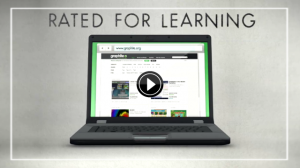
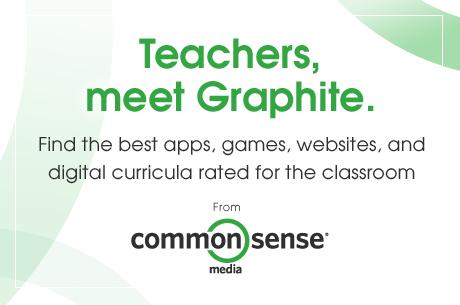

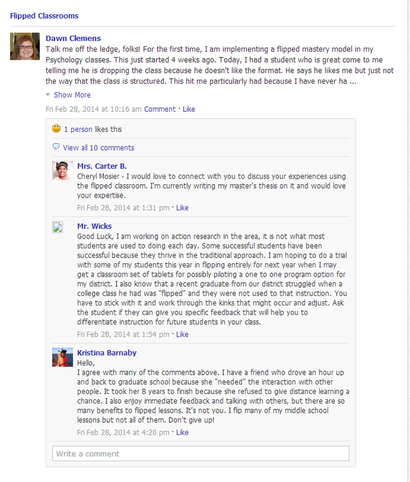
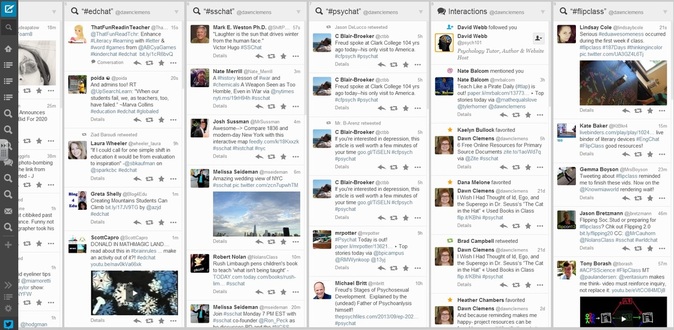
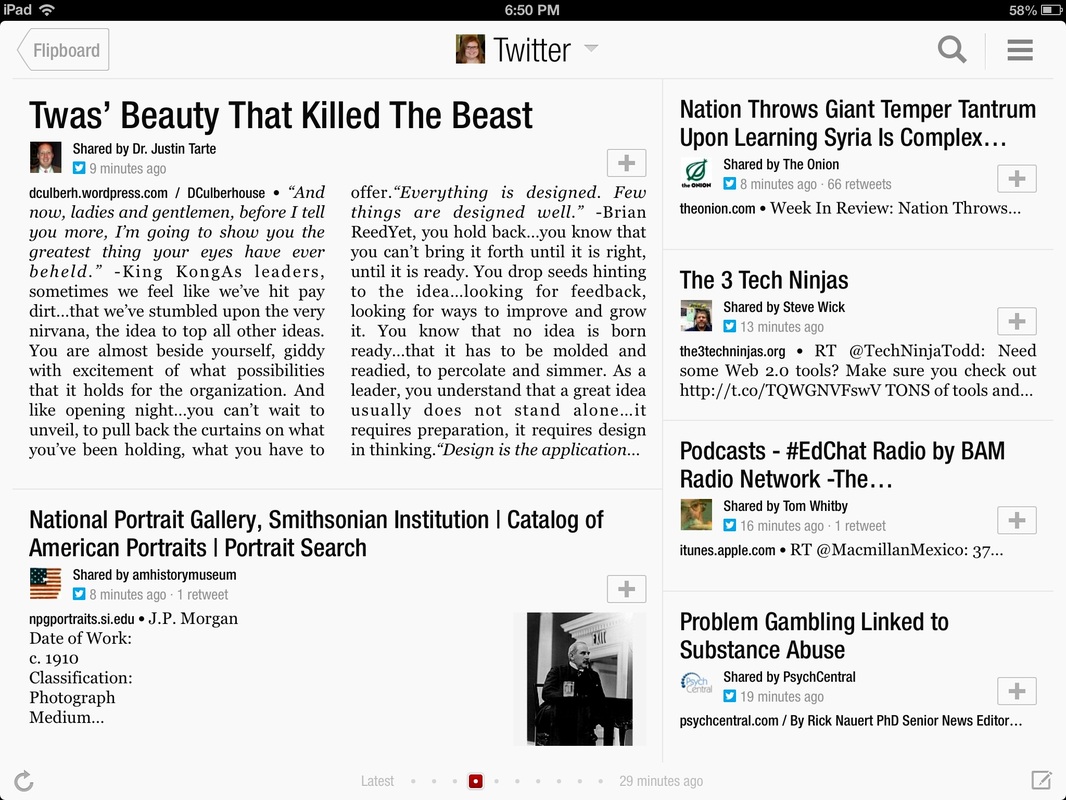

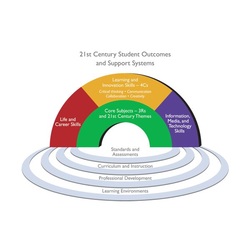
 RSS Feed
RSS Feed
